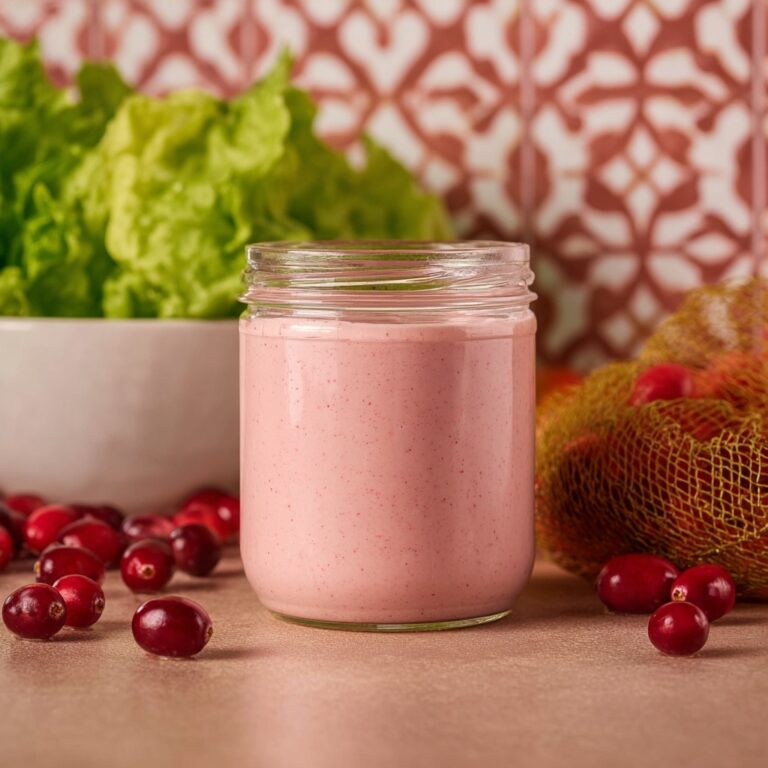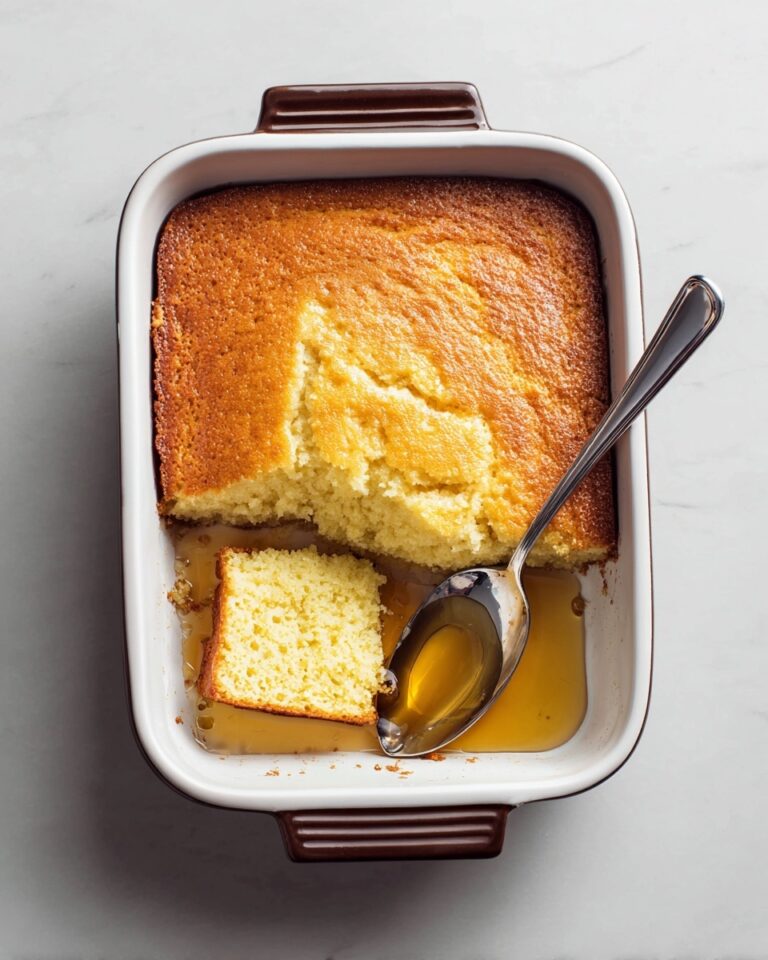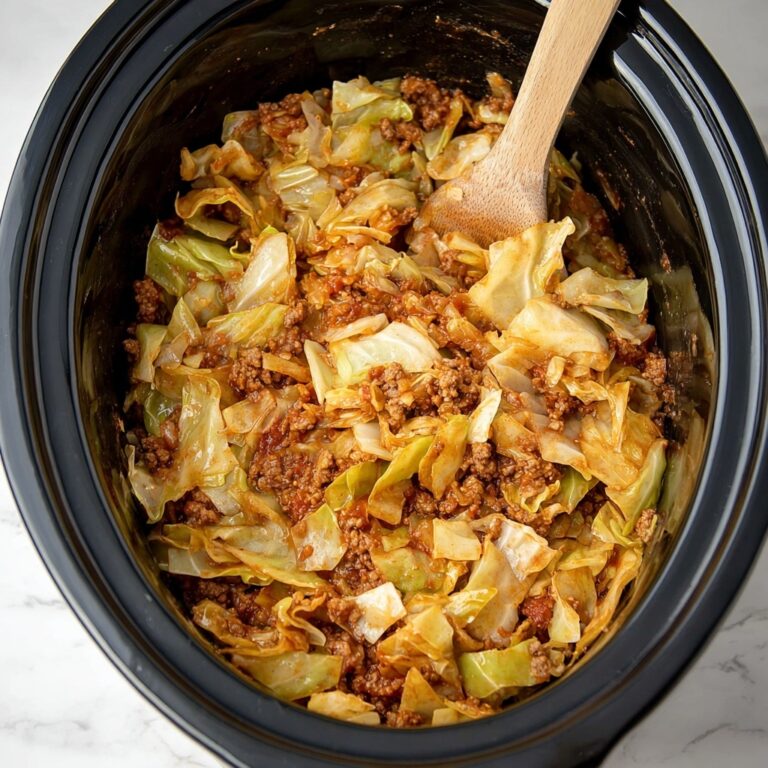There’s nothing quite like the rich, decadent spread of Homemade Cream Cheese gracing your morning bagel or turning a cake frosting into a dreamy delight. Imagine capturing that luxurious creaminess and fresh tanginess, right from your own kitchen, without any artificial ingredients or preservatives. This recipe not only lets you craft a cream cheese that rivals (or even outshines!) any store-bought version, but it also reconnects you to the simple joy of kitchen alchemy. Whether you’re a brunch enthusiast or a passionate baker, once you’ve tasted true Homemade Cream Cheese, there’s just no turning back.

Ingredients You’ll Need
The beauty of Homemade Cream Cheese is that it requires just a handful of staple ingredients, all playing a star role in creating that luscious texture and pure creamy flavor. Each one makes a noticeable difference in the final taste and consistency, so even the simplest pantry items become essential building blocks here.
- Whole Milk: Provides the base, ensuring the resulting cream cheese is both rich and creamy, not too dense or thin.
- Heavy Cream: Adds extra silkiness and fat to create that indulgent, spreadable consistency you crave.
- White Vinegar or Lemon Juice: Gently curdles the dairy while imparting a subtle tang; choose lemon for a bright, citrusy note or vinegar for a more neutral flavor.
- Salt: Essential for pulling all the flavors together; start small and adjust to taste!
How to Make Homemade Cream Cheese
Step 1: Heating the Dairy
Begin by pouring four cups of whole milk and two cups of heavy cream into a medium saucepan. Place the pan over medium heat and stir occasionally to avoid scorching, letting the mixture gradually warm up. Monitor the temperature—once it reaches 185°F (or 85°C), you’re ready for the next magical step. This slow heating ensures smooth, tender curds for your Homemade Cream Cheese.
Step 2: Acidify and Curdle
As soon as your milk and cream hit the target temperature, remove the pan from the heat. Stir in three tablespoons of white vinegar or lemon juice with a gentle hand. Now, let the mixture sit undisturbed for 10 to 15 minutes while curds form. This is where the transformation happens as the acid works its magic, separating the curds from the whey and building that signature creamy tang.
Step 3: Strain the Curds
Set a large bowl beneath a fine mesh strainer lined with cheesecloth. Carefully pour your curdled mixture into the strainer—this step starts draining off the whey. Let it sit for about an hour, checking occasionally, until you have mostly solids left and the texture looks thick and spreadable. For firmer Homemade Cream Cheese, simply let the draining go a bit longer.
Step 4: Blend to Perfection
Scoop the drained curds into a food processor or blender, making sure to capture every creamy bit. Add your salt (starting with half a teaspoon). Blend until the mixture is utterly smooth, stopping to scrape down the sides as needed. This step delivers that luxurious, velvety finish that makes Homemade Cream Cheese so special. Taste and adjust salt if you like—everyone’s palate is different!
Step 5: Store and Chill
Transfer your fresh Homemade Cream Cheese to an airtight container and refrigerate. It will thicken slightly as it chills and develop even more creamy character. Homemade Cream Cheese is best enjoyed within a week, though chances are it’ll be gone long before that.
How to Serve Homemade Cream Cheese

Garnishes
There’s joy in the details! Try sprinkling your Homemade Cream Cheese with freshly chopped chives, cracked black pepper, a swirl of good olive oil, or a pinch of flaky sea salt. For a sweet twist, a little honey or fresh berries on top can brighten things up beautifully.
Side Dishes
Homemade Cream Cheese is impossibly versatile. Spread it thick on toasted bagels or warm sourdough, or use as a dip with crisp veggies like radishes, cucumber coins, or carrot sticks. It’s also an absolute dream alongside smoked salmon, fresh tomatoes, and cucumber slices on a breakfast platter.
Creative Ways to Present
Go beyond the basics by swirling your Homemade Cream Cheese with roasted garlic, sun-dried tomatoes, or a handful of fresh herbs before serving. Pipe it into mini pastry shells, use it as a layer in a savory torte, or fold into whipped cream for an elegant dessert topping. However you serve it, the fresh flavor shines through!
Make Ahead and Storage
Storing Leftovers
Store Homemade Cream Cheese in a clean, airtight container in the fridge. It stays fresh and delicious for up to a week, though its flavor is at its brightest within the first few days. Always use a clean utensil to scoop — it helps extend its shelf life.
Freezing
While you can freeze Homemade Cream Cheese in a pinch, be aware: the texture may become crumbly once thawed. For the best results, freeze in small portions and thaw in the refrigerator — ideal for baking rather than spreading. Stir well after defrosting to restore as much creaminess as possible.
Reheating
Homemade Cream Cheese is best enjoyed cold or at room temperature. If you need to soften it quickly for spreading, let it sit out for about 20 minutes. Avoid heating directly, as this can alter the creamy texture you worked so hard to perfect.
FAQs
Can I use ultra-pasteurized milk or cream?
Ultra-pasteurized dairy doesn’t curdle as predictably, so for Homemade Cream Cheese with the best texture, stick to regular pasteurized whole milk and cream whenever possible.
How can I flavor Homemade Cream Cheese?
The options are endless! Try folding in chopped herbs, roasted garlic, minced jalapenos, or even cinnamon and honey for sweet versions just before the final blend.
Why is my Homemade Cream Cheese grainy?
If your cream cheese isn’t blending smooth, it might need a longer whirl in the food processor. Draining too long can also affect texture, so check often and stop when it’s thick but still moist.
Can I make Homemade Cream Cheese dairy-free?
You can experiment with full-fat canned coconut milk or cashew cream for a similar style, but the flavor and texture will be different from traditional dairy versions.
How do I know when to stop draining the curds?
Watch for the curds to come together as a thick mass that looks spreadable but isn’t runny. If you like a firmer texture for baking or shaping, simply drain an extra 10 to 20 minutes.
Final Thoughts
Once you try making Homemade Cream Cheese, you’ll wonder why you ever settled for the store-bought stuff. It’s simple, endlessly customizable, and undeniably delicious. Treat yourself—and maybe impress a few friends—by making a batch and letting the fresh, creamy flavor shine!
Print
Homemade Cream Cheese Recipe
- Prep Time: 10 minutes
- Cook Time: 20 minutes
- Total Time: 1 hour 30 minutes
- Yield: 1.5 cups
- Category: Condiment
- Method: Stovetop
- Cuisine: American
- Diet: Vegetarian
Description
Learn how to make delicious homemade cream cheese with just a few simple ingredients. This creamy and tangy spread is perfect for bagels, toast, or as a versatile ingredient in sweet and savory dishes.
Ingredients
Ingredients:
- 4 cups whole milk
- 2 cups heavy cream
- 3 tablespoons white vinegar or lemon juice
- 1/2 teaspoon salt (or to taste)
Instructions
- Heat Milk and Cream: In a medium saucepan, combine the milk and heavy cream. Heat over medium heat to 185°F (85°C).
- Add Acid: Remove from heat and stir in vinegar or lemon juice. Let sit for 10-15 minutes.
- Strain Curds: Line a strainer with cheesecloth, drain curds for about an hour.
- Blend: Transfer curds to a processor, add salt, and blend until smooth.
- Store: Adjust salt if needed, store in the fridge for up to 1 week.
Notes
- For more tang, increase lemon juice
- For firmer texture, drain longer
- Yields a spreadable cream cheese like store-bought
Nutrition
- Serving Size: 2 tablespoons
- Calories: 95
- Sugar: 1g
- Sodium: 95mg
- Fat: 9g
- Saturated Fat: 6g
- Unsaturated Fat: 2.5g
- Trans Fat: 0g
- Carbohydrates: 1g
- Fiber: 0g
- Protein: 2g
- Cholesterol: 30mg








